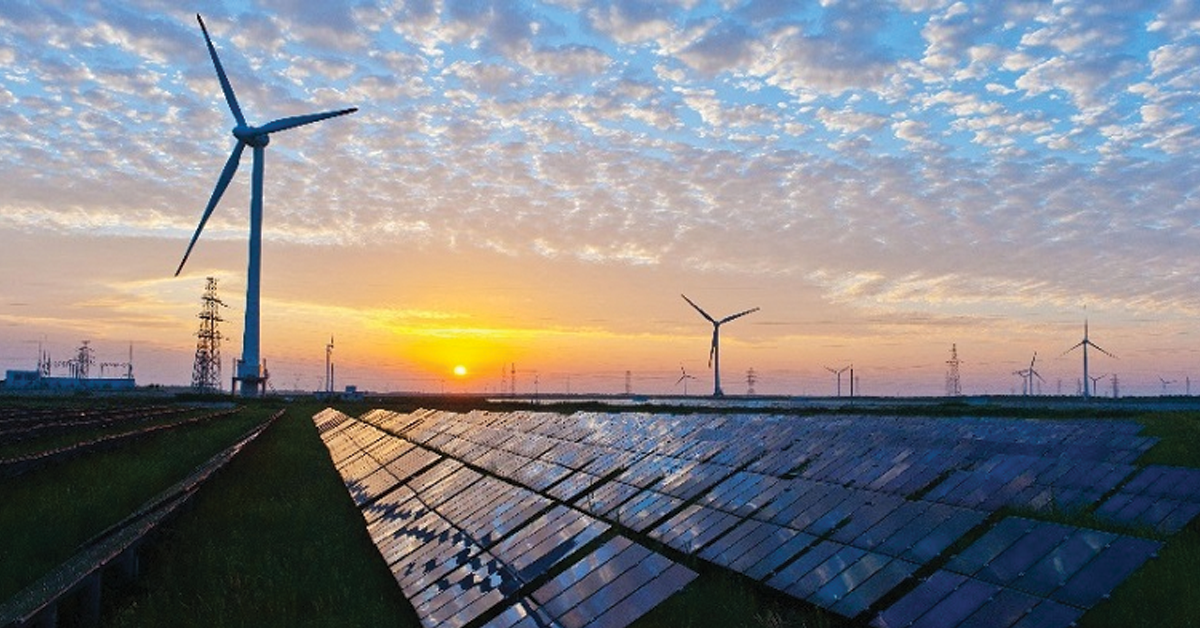Traditional centralized power grids are proving increasingly inadequate in the ongoing quest for a sustainable energy future. As climate change intensifies and demands for energy grow, it’s becoming clear that a more innovative approach is needed. Enter Digitalized Distributed Energy Solutions—a game-changing paradigm shift that holds the key to a cleaner, more resilient energy landscape.
At its core, Digitalized Distributed Energy Solutions represent a departure from the centralized model of energy production and distribution. Instead of relying solely on large power plants, this approach decentralizes energy generation, leveraging a diverse array of sources including solar, wind, hydro, and even biomass. By dispersing energy production across a network of smaller, often renewable sources, this model reduces reliance on fossil fuels and mitigates environmental impact.
However, what truly sets Digitalized Distributed Energy Solutions apart is their integration of advanced digital technologies. Smart meters, IoT sensors, and sophisticated analytics enable real-time monitoring and management of energy flow. This granular level of control empowers utilities and consumers alike to optimize energy usage, minimize waste, and respond swiftly to fluctuations in supply and demand.
One of the most compelling advantages of Digitalized Distributed Energy Solutions is their resilience. In contrast to centralised grids, which are vulnerable to single points of failure and widespread outages, distributed energy systems are inherently more robust. In a natural disaster or grid failure, these systems can continue to operate autonomously, providing critical power to homes, businesses, and essential services. This enhanced resilience not only ensures excellent reliability but also improves energy security and mitigates the impacts of climate-related disruptions. Moreover, Digitalized Distributed Energy Solutions offer unparalleled flexibility and scalability. As technology continues to evolve, so does the potential for innovation in energy production and distribution. Microgrids, for example, allow communities to generate, store, and distribute their energy locally, reducing dependence on external utilities and increasing self-sufficiency. Similarly, peer-to-peer energy trading platforms enable consumers to buy and sell surplus energy directly to one another, creating new opportunities for efficiency and cost savings.
In conclusion, Digitalized Distributed Energy Solutions represent a bold leap forward in our journey towards a more sustainable future. By decentralizing energy production, harnessing the power of digital technologies, and fostering resilience and innovation, this transformative approach holds the promise of a cleaner, more reliable, and more equitable energy landscape for future generations. As we embrace this paradigm shift, we take a crucial step towards building a world powered by clean, renewable energy.
I would love to hear from you on your thoughts on this blog please write to me at https://www.linkedin.com/in/vijayverghis/
